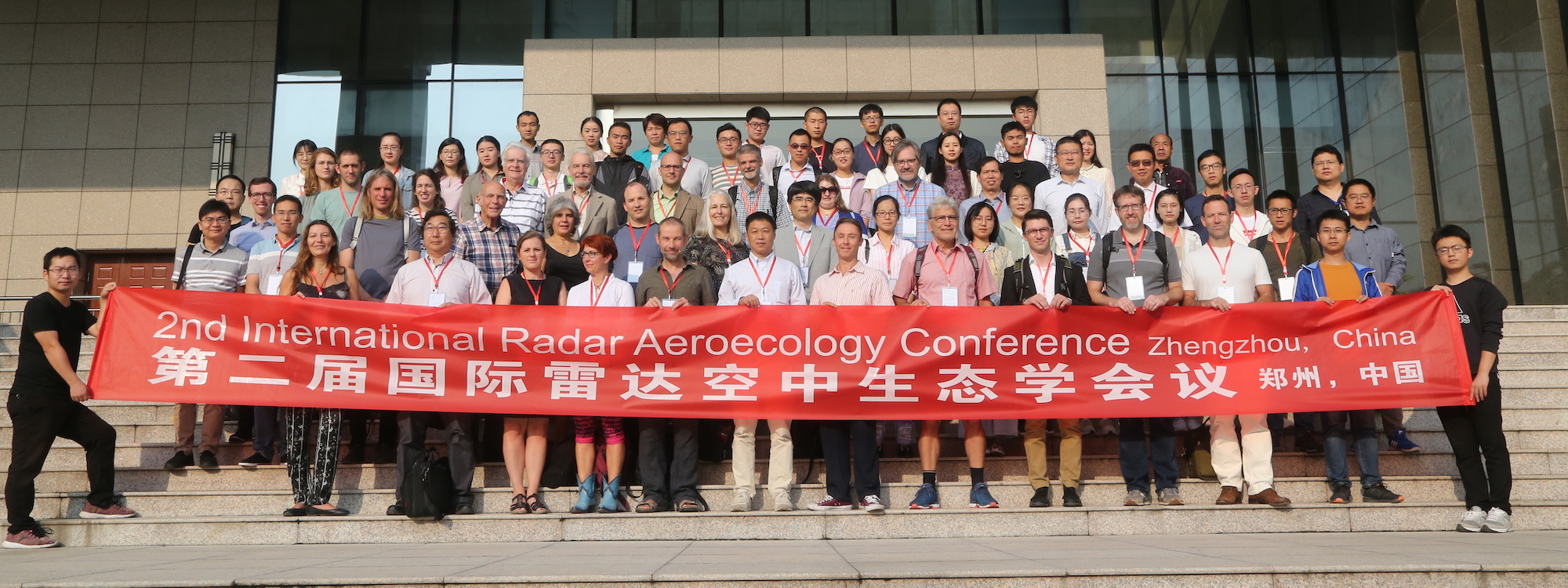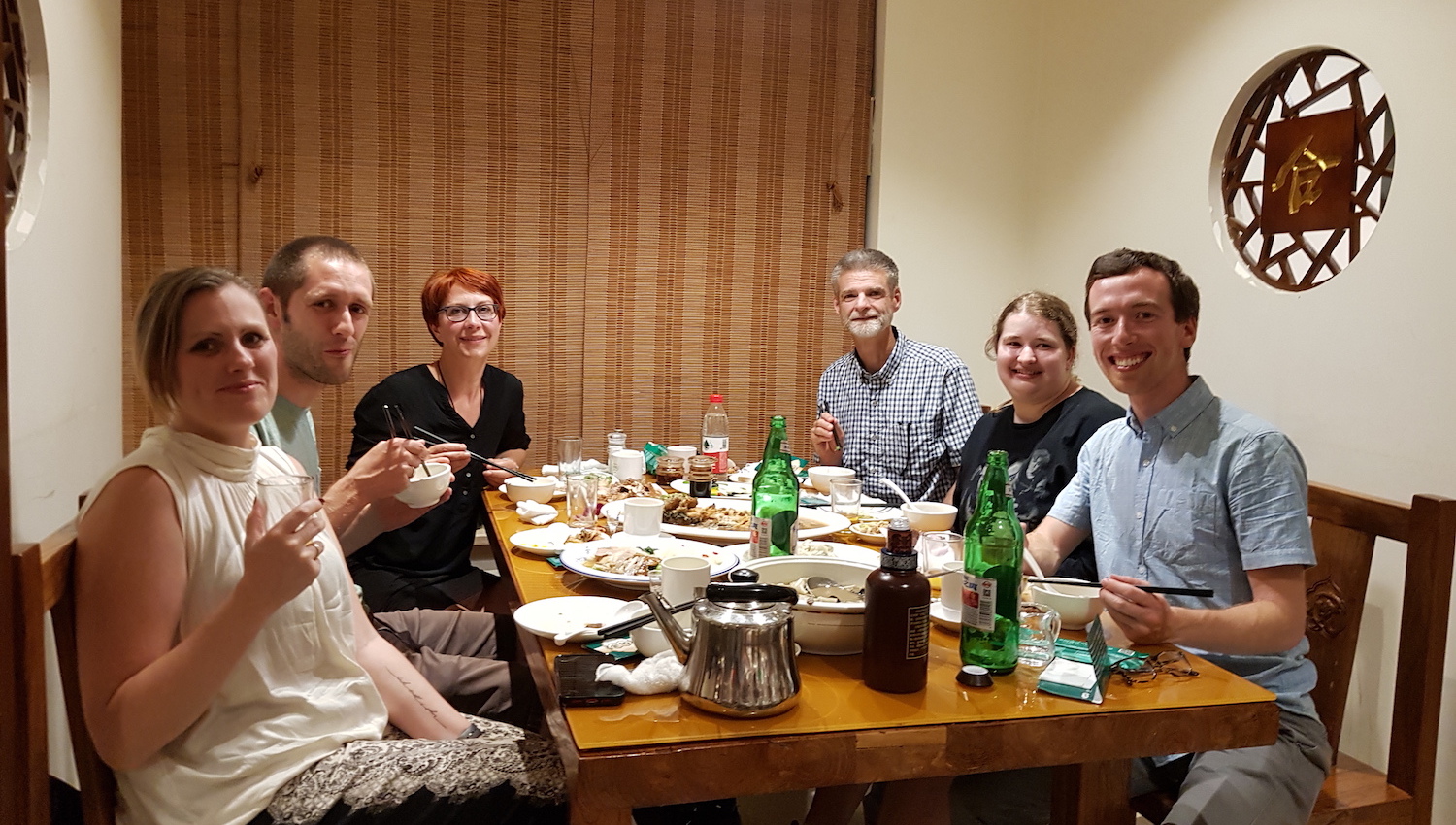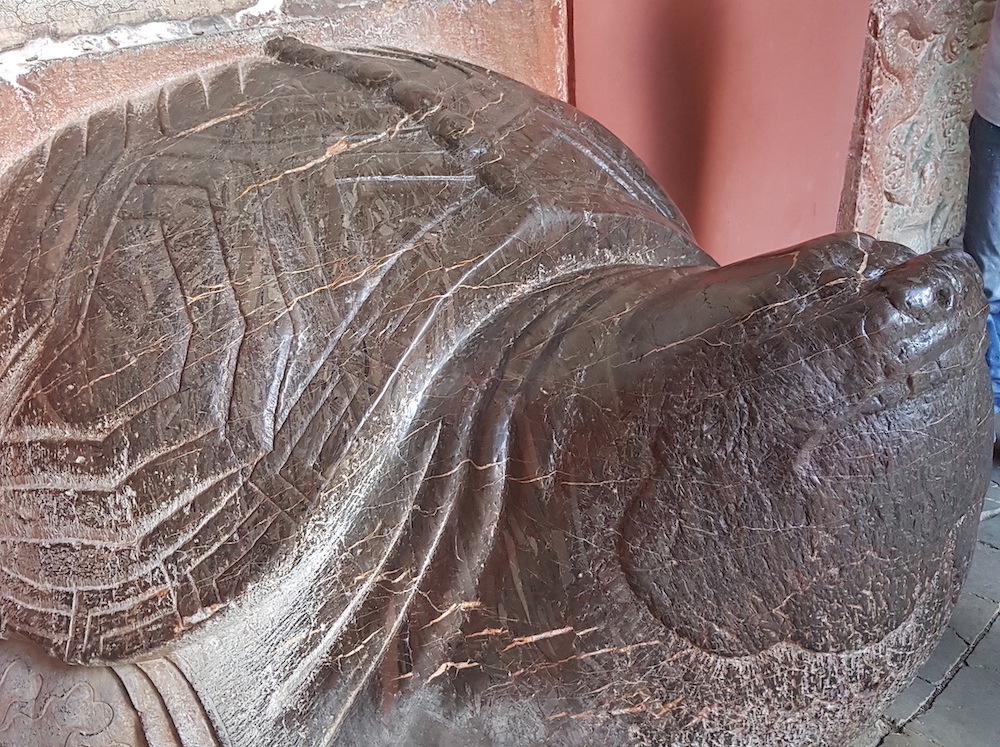2nd International Radar Aeroecology Conference
A summary of IRAC 2019 in Zhengzhou, China on 21-24 September 2019.
The international aeroecology community gathered in Zhengzhou, China for the 2nd International Radar Aeroecology Conference. Our Chinese hosts were extremely attentive and treated us to yummy Chinese food! It was great to meet friends and colleagues - including many GloBAM partners - and make new ones. Presentations were excellent and are all available on the conference website.
 Participants of the main conference at the Crop Innovation Center of Henan in Zhengzhou.
Participants of the main conference at the Crop Innovation Center of Henan in Zhengzhou.
Since my presentation was the last one of the conference, I tried to assign all contributions to the grand challenges in migration ecology that we identified earlier (Bauer et al. 2019) and also drew a few personal conclusions that I’ll repeat here:
- There were contributions for all migration-ecology challenges that we identified! Since several of us identified the challenges (and the international network helped scoring them), it is perhaps a logical consequence that we also work on them. But still, the diversity of topics was high - from identification of migration routes, important sites, and continental flyways to quantifications of migrant numbers and biomasses; from environmental influences to the effects of migrants on communities and ecosystems; from climate change effects to impact of human-made structures.
- Many contributions dealt with methodological and technical challenges that come with the installation of new radar technology. Especially new methods for identifying shape, size or other characteristics of insects or birds.
- Summarizing across talks, I found the continental differences in research focus and primary taxa studied quite fascinating. For instance, research is clearly bird-biased in the US and Europe while insects are the main focus in Chinese aeroecology. Naturally, these differences result from varying research histories, data accessibility, incentives from the public, or from economy or agriculture (pest insects have long been an issue in Chinese agriculture). This raises interesting questions regarding how similar or different bird/insect migration is in China, the US and Europe – in terms of patterns, numbers, etc. – which, I’m sure, we could tackle within the next years.
- Apart from these differences, there were also several interesting similarities in research questions that we seem to share globally, e.g. the response of birds and insects to wind, and the impact of human structures such as wind turbines on bird movements.
 Final conference dinner at a famous noodle place in Zhengzhou. From left to right: Cecilia Nilsson, Peter Desmet, Silke Bauer, Jeff Kelly, Lina Kelly and Benjamin Van Doren.
Final conference dinner at a famous noodle place in Zhengzhou. From left to right: Cecilia Nilsson, Peter Desmet, Silke Bauer, Jeff Kelly, Lina Kelly and Benjamin Van Doren.
After all the science, I joined the after-conference excursion to the Shaolin temple in the song mountains, which was astonishing, amazing and fun! (It’s a no-brainer that at an aeroecology conference like this, there also was a bird-watching opportunity - in the Yellow river wetlands - for all the die-hard birders and twitchers.)

 Everyone who watched Kung Fu Panda in preparation for the visit (as I did), will remember Master Oogway, and be extremely delighted to learn that “oogway” is the Chinese word for… guess what? Exactly. I also learned that pretending to be Master Shivu by using a noodle as a moustache is… not easy.
Everyone who watched Kung Fu Panda in preparation for the visit (as I did), will remember Master Oogway, and be extremely delighted to learn that “oogway” is the Chinese word for… guess what? Exactly. I also learned that pretending to be Master Shivu by using a noodle as a moustache is… not easy.